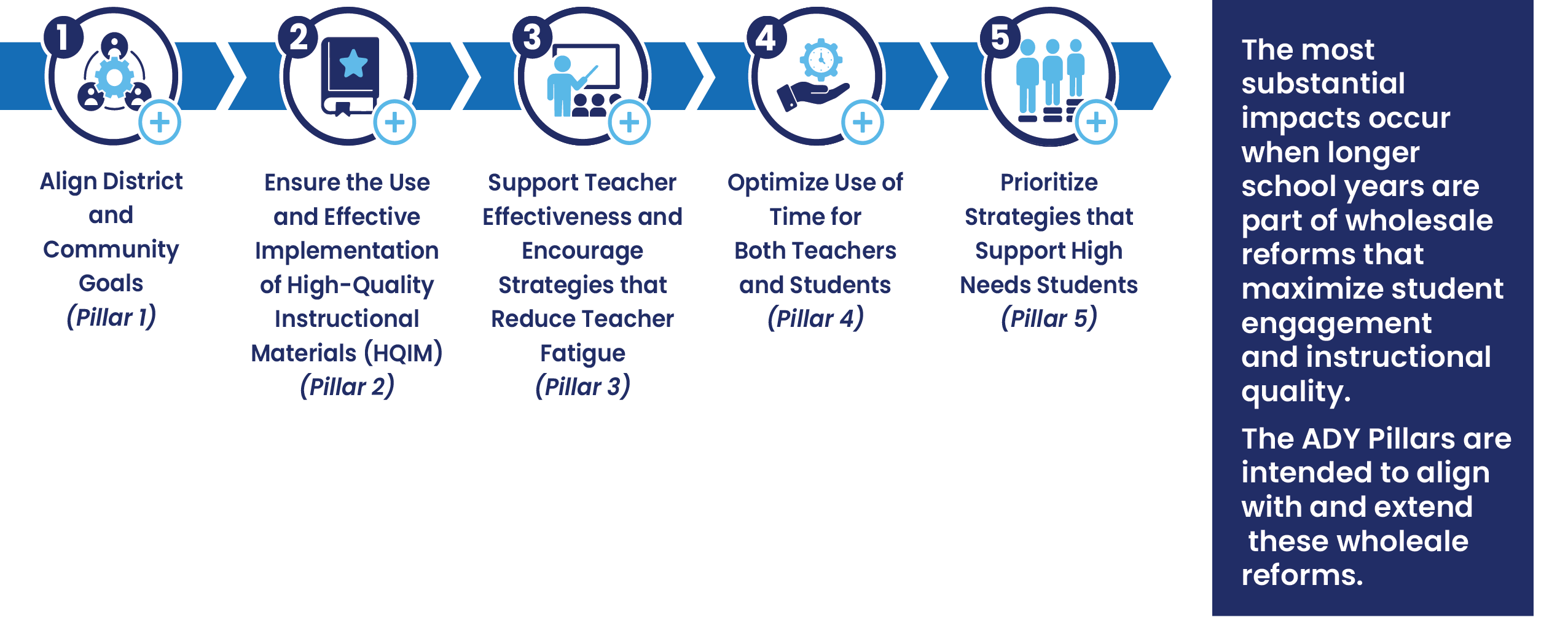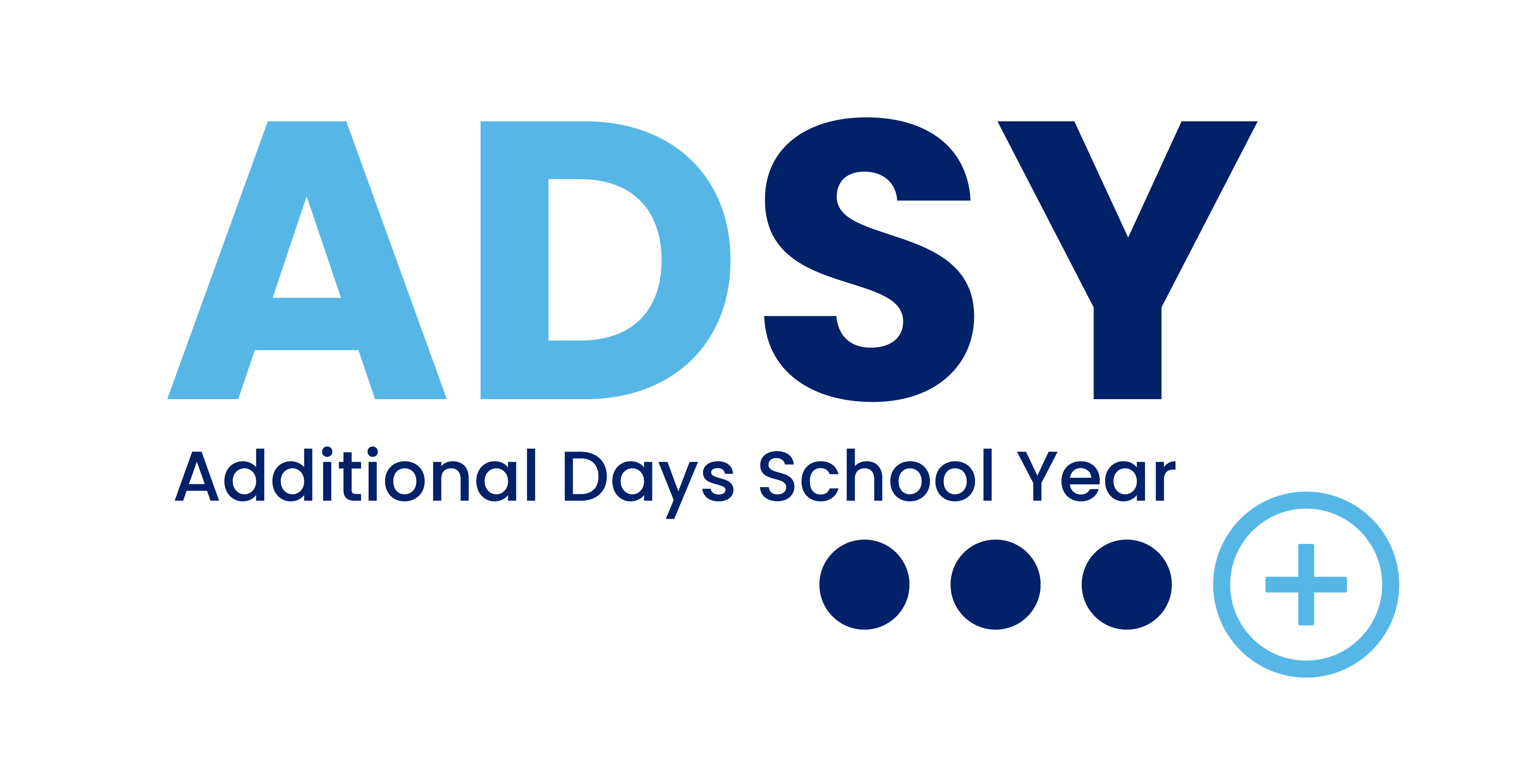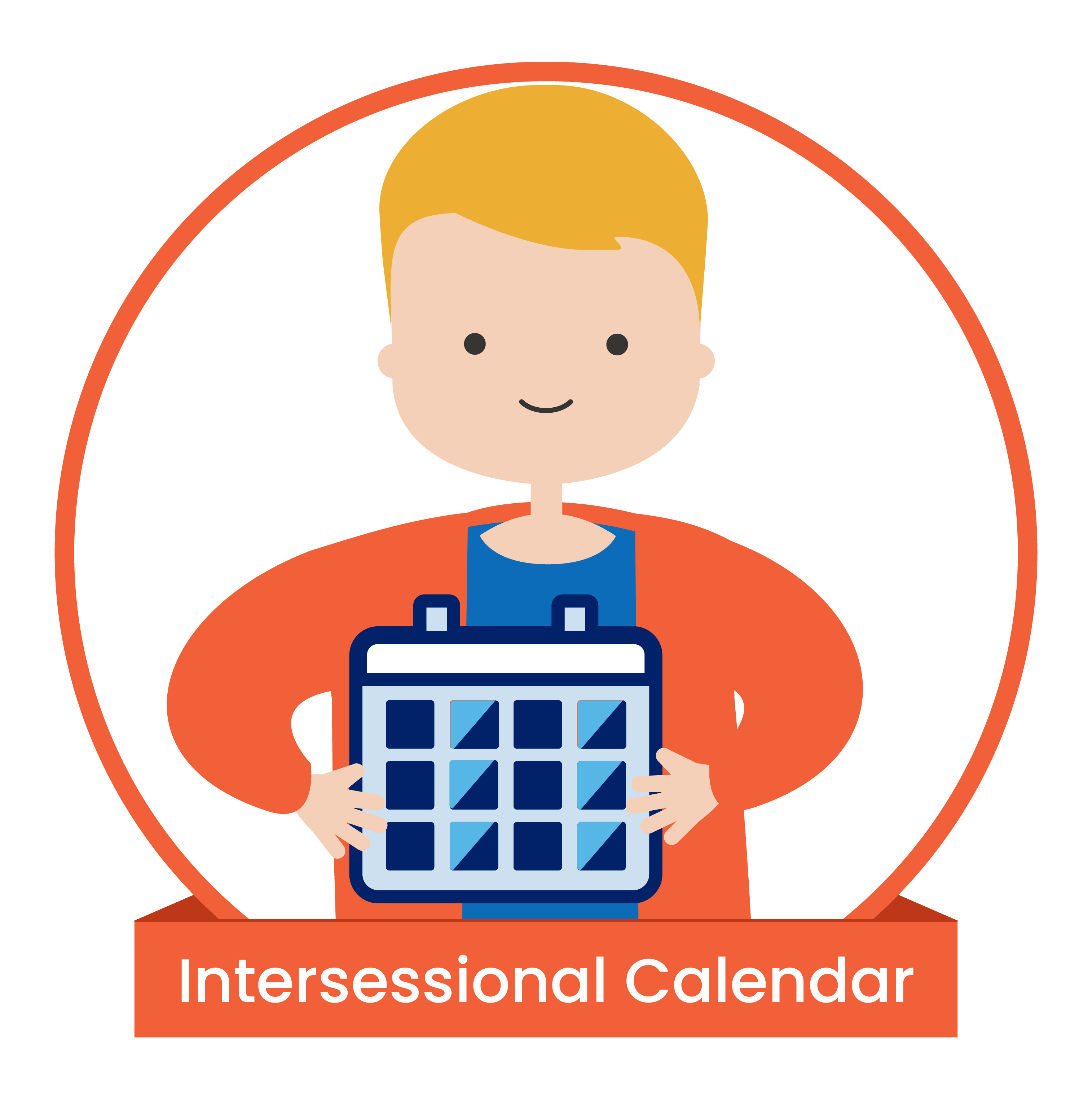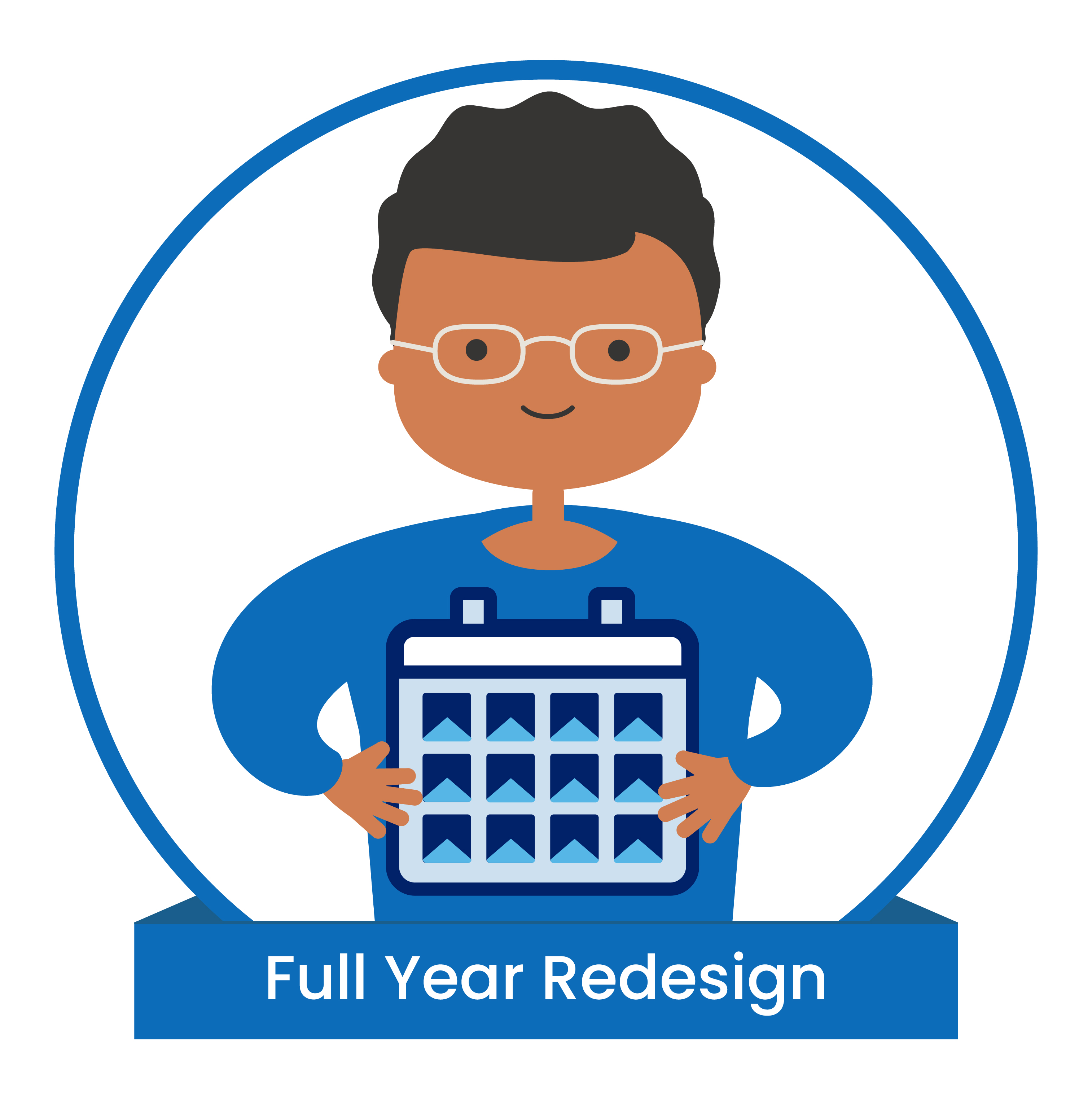Additional Days School Year
This page provides an overview of the Additional Days School Year (ADSY) initiative, including its legislative basis, funding pathways, and recent updates. It outlines how school systems can leverage ADSY to address summer learning loss and support academic growth, especially for low-income students. Key details include eligibility, ½-day vs. ¾-day formula funding, reporting requirements, and implementation models. Guidance materials, statutory references, toolkits, and best practices are available to support effective planning and implementation at eligible campuses.
| Join us for the ADSY HB 2 Launch Webinar! | Date & Registration: October 30, 2025 | 2:00PM-3:00PM CDT Register Here! |
|---|
About ADSY
The Additional Days School Year (ADSY) initiative provides formula funding to support school systems with adding up to 30 additional instructional days (beyond a minimum of 175 days) at eligible campuses. Established through House Bill 3 passed by the 86th Texas Legislature in 2019 and recently updated by the 89th Legislature in 2025, ADSY promotes expanded learning time and reduces summer learning loss. Early implementation of ADSY statewide indicates that elongating the school year by adopting additional days and a comprehensive academic strategy when implementing leads to clear academic gains for students.
ADSY addresses summer learning loss, which can have a profound effect on students from low-income backgrounds. The cumulative impact of summer learning loss has been shown to create a gap of up to three grade levels for low-income students by the fifth grade.
Accessing ADSY Formula Funding
In June 2025, House Bill 2 from the 89th Legislative Session updated ADSY to expand grade level eligibility, lower the minimum calendar requirement, and introduce an additional pathway to access 50% more formula funding.
Based on these changes, Texas Education Code (TEC) §48.0051 establishes that a campus must operate on a base calendar of at least 175 instructional days to be eligible for ADSY formula funding. Subsection (b-1) of TEC §48.0051 provides the pathway for ¾-day formula funding, which is only available to campuses that reach at least 200 full instructional days.
The table below outlines the minimum number of days and required configurations to generate ½-day or ¾-day formula funding:
| Thresholds to Access Funding | ½ Day Formula Funding for ADSY is available to campuses that: | ¾ Day Formula Funding for ADSY is available to campuses that: |
| Grade Level Eligibility | Serve at least one grade-level within grades PreK-8 | |
| Base Calendar | At least 175 full instructional days with 75,600 operational minutes for all instructional tracks, excluding any minutes covered by staff development waivers. | Have a total of at least 200 full instructional days in the calendar. This total may include ADSY days, but the campus must first operate a base academic calendar for all instructional tracks with:
|
| Additional Days Eligible for ADSY Formula Funding | Add 1 to 30 additional half days of instruction beyond the minimum regular academic calendar of 175 instructional days | Add 25 to 30 additional full days of instruction beyond the minimum regular academic calendar of 175 full instructional days to reach the 200-day threshold |
| Instructional Requirement on ADSY Days | Have a teacher meeting the school system's certification requirements deliver at least two hours of instruction on designated ADSY days | Have a teacher meeting the school system's certification requirements deliver at least four hours of instruction on designated ADSY days |
| Scheduling | Host ADSY days separate from the regular instructional calendar days (e.g., ADSY days cannot be hosted in the second part of a regular instructional day) | |
While there is no application to access ADSY, school systems must clearly distinguish ADSY days from the regular base instructional calendar, and report ADA from the designated ADSY days in the PEIMS Extended Year Submission (4) yearly to generate formula funding.
More information on the implementation and reporting of ADSY can be found in ADSY FAQs. Statute language can be found at this link: TEC Sec. 48.0051.
ADSY Implementation Options
TEA has identified three potential routes forward for those districts looking to implement ADSY.
- Option 1 - Summer Learning: Campuses hold a traditional 175-day calendar and have up to 30 days for something additional for a targeted subset of students, such as summer enrichment.
- Option 2 - Intersessional Calendar: Campuses conduct a regular calendar of 175 days spaced out over the full year, with intermittent breaks for targeted remediation with a subset of students.
- Option 3 - Full Year Redesign: Campuses conduct a revamped 200+ day calendar and leverage weekly ADSY days to increase teacher planning time and student brain breaks.
To learn more about best practices for each model, please refer to the corresponding one-page guides.
How Can School Systems Benefit from ADSY Funding?
School systems interested in utilizing ADSY funding should follow the 6 –Step Guide chart below.
6-Step Guide to Successfully Setting Up ADSY and Reporting in PEIMS
| Steps | Description |
|---|---|
| Step 1: Select the ADSY Formula Funding Pathway |
*Determines required instructional hours and staffing qualifications. *Formula Funding Pathways may vary from campus to campus |
| Step 2: Align the Academic Calendar |
|
| Step 3: Staff ADSY Days Appropriately |
|
| Step 4: Host ADSY Days |
|
| Step 5: Report ADSY in PEIMS |
|
| Step 6: Check your FSP |
|
Flow of Funds
School systems should calculate estimated ADSY attendance and adjust overall ADA to reflect ADSY attendance in the biennial Legislative Planning Estimate (LPE) process in October-December of even-numbered years. ADA funding will flow to LEAs as normal based on this updated estimate. If ADSY attendance is not projected, LEAs will receive funding in the settle-up process in late fall after the academic year in which attendance is reported.
High Quality Implementation of ADSY
Through ADSY, school systems can add up to 30 instructional days beyond the required minimum of 175 days at any elementary or middle school (grades PK–8). This targeted opportunity is designed to combat summer learning loss, a challenge that disproportionately affects students from low-income backgrounds. Research from RAND indicates that by fifth grade, the cumulative effects of summer learning loss can result in an academic gap of up to three grade levels for these students. Additionally, when comparing students in the US to those of the top performing countries on the PISA exam, we see that many of those countries have shorter summer breaks, and all have more instructional days per year. Further research indicates that the most substantial impacts occur when longer school years are part of wholesale reforms that maximize student engagement and instructional quality.
This suggests that holding more instructional days and effectively leveraging the additional time leads to academic achievement, however, there has not previously been additional funding for lengthening the instructional year in Texas until the passage of HB 3 in 2019.
The ADSY Pillars (see image below) provide a research-based framework for adding time to the school calendar, ensuring support for students and educators. Strategically structured instructional time leads to better student achievement, and early results in Texas include academic growth and increased student engagement.

For a comprehensive overview of how these pillars can drive successful ADSY implementation, school systems are encouraged to download the High-Quality Implementation of ADSY Guide, which provides practical insights and actionable steps for integrating extended learning into existing frameworks and initiatives, to improve student outcomes.
Additional Considerations: Leveraging State Initiatives and Funding Opportunities
The Resource Campus Designation is a school turnaround model established by HB 1525 during the 87th Texas Legislative Session and updated in the 89th. It enables districts to access additional funding to sustain innovative practices by implementing the Accelerating Campus Excellence (ACE) Restart Model, which aligns strategic staffing, extended learning time, and evidence-based instruction with funding opportunities such as TIA, ADSY, and HQIM. Campuses eligible for the Resource Campus designation may generate additional district revenue to help sustain these innovative practices over time. The Resource Campus designation strategy is an example of how districts can activate the intended benefits of additional time by aligning an extended school year with additional intervention strategies.
If your district has campuses on the Resource Campus Eligibility List, reach out to resourcecampus@tea.texas.gov for support.
ADSY Planning and Execution Program - Optional Grant Program
The Additional Days School Year Planning and Execution Program (ADSY PEP) is a voluntary grant initiative that provides comprehensive support to school districts and open-enrollment charter schools in designing and sustaining high-quality, evidence-based ADSY programs. Through targeted professional development and technical assistance, ADSY PEP supports implementation of either the ADSY Full Year or ADSY Summer model. ADSY PEP is intended to help school systems strategically plan, launch, and refine extended learning opportunities that are responsive to student needs and aligned with local priorities.
Participation in the grant program is not required to access ADSY formula funding.
ADSY PEP provides participating school systems with comprehensive support to design programs that are grounded in research and aligned with evidence-based practices that improve student outcomes. The program structure includes:
- Year 1: Planning - School systems engage in a year-long planning process with TEA-approved technical assistance providers to design a strategic, research-aligned ADSY model tailored to their local context.
- Years 2-3: Implementation Refinement and Continuous Improvement - School systems receive ongoing support to strengthen program quality, monitor outcomes, and make data-informed adjustments to ensure long-term success and sustainability.
This structured approach builds school system capacity in program design, strategic planning, and change management. It ensures that additional instructional days are effectively implemented and aligned with district priorities to maximize academic impact.
School systems seeking grant support to design and implement high-quality ADSY programs are encouraged to explore grant funding opportunities through TEA’s Learning Acceleration Support Opportunities (LASO) website.
ADSY Frequently Asked Questions:
Need additional support? The ADSY Frequently Asked Questions page has answers and guidance to common questions.
Texas Education Agency
Office of Educator Support
Email: ADSY@tea.texas.gov





